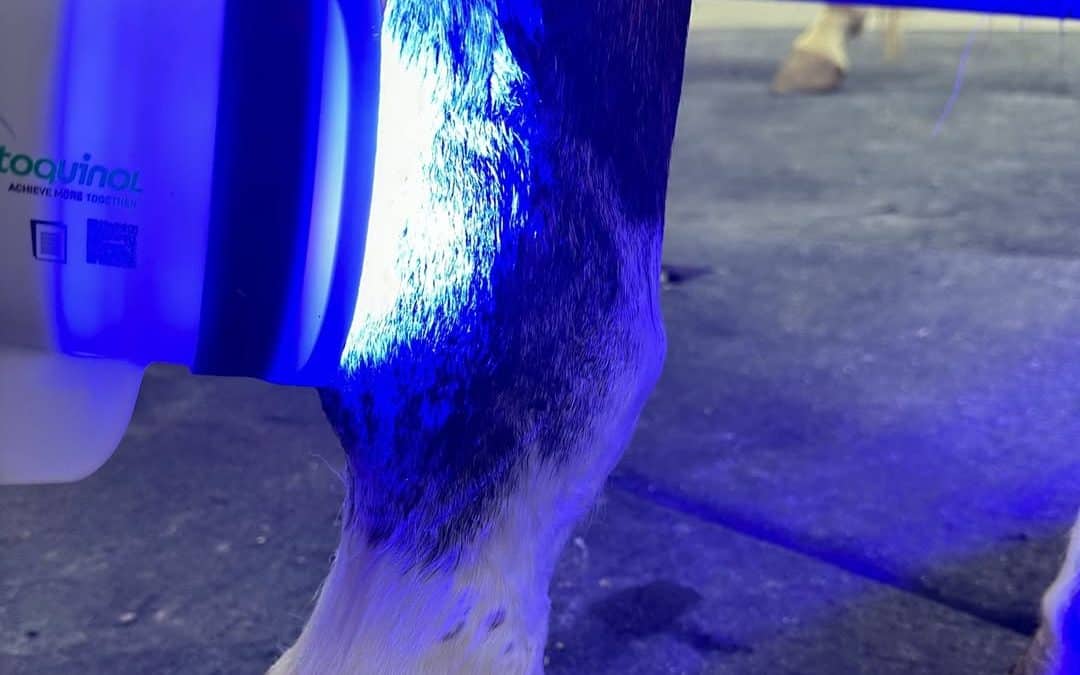
Jan 17, 2025
This fluorescent light therapy system accelerates natural skin regeneration and aids in healing. We’ve been cataloging some impressive healing responses to our Phovia fluorescent light system. Photobiomodulation via fluorescent light has the ability to speed up...
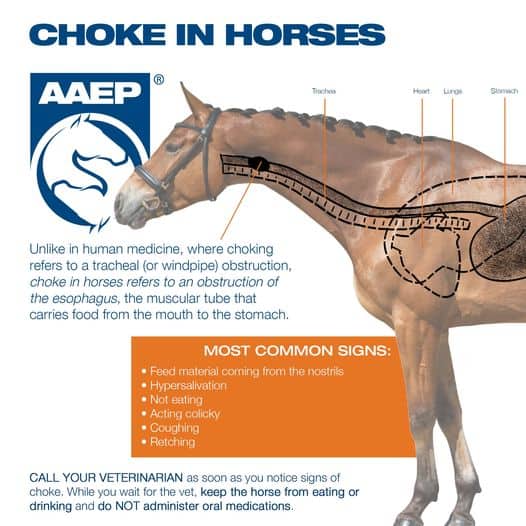
Sep 30, 2024
Image used with permission by the American Association of Equine Practitioners. By Amanda Sarbry, DVM, MBA The term “choke” in horses refers to an obstruction of the esophagus, a soft muscular tube that leads to the stomach. It is a common misconception that “choking”...
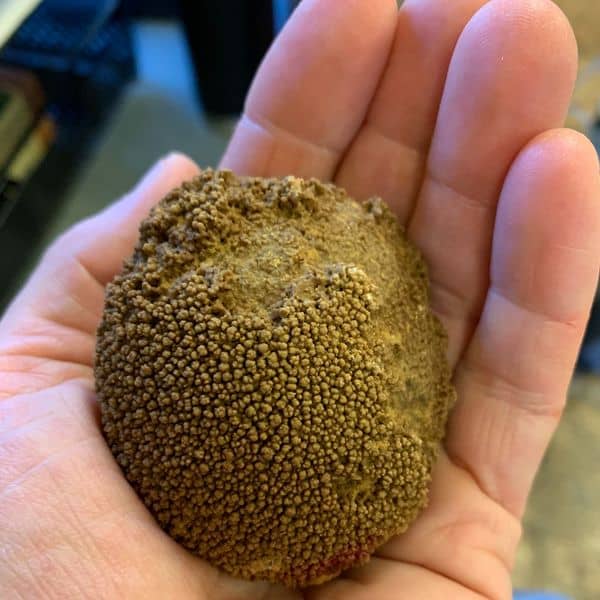
Aug 26, 2024
By Wendy Krebs, DVM Here in Central Oregon, we are unlucky enough to have a relatively high incidence of bladder and kidney stones (called “uroliths,” “cystoliths,” or “nephroliths,” depending where in the urinary tract they occur) in our equine population. While we...
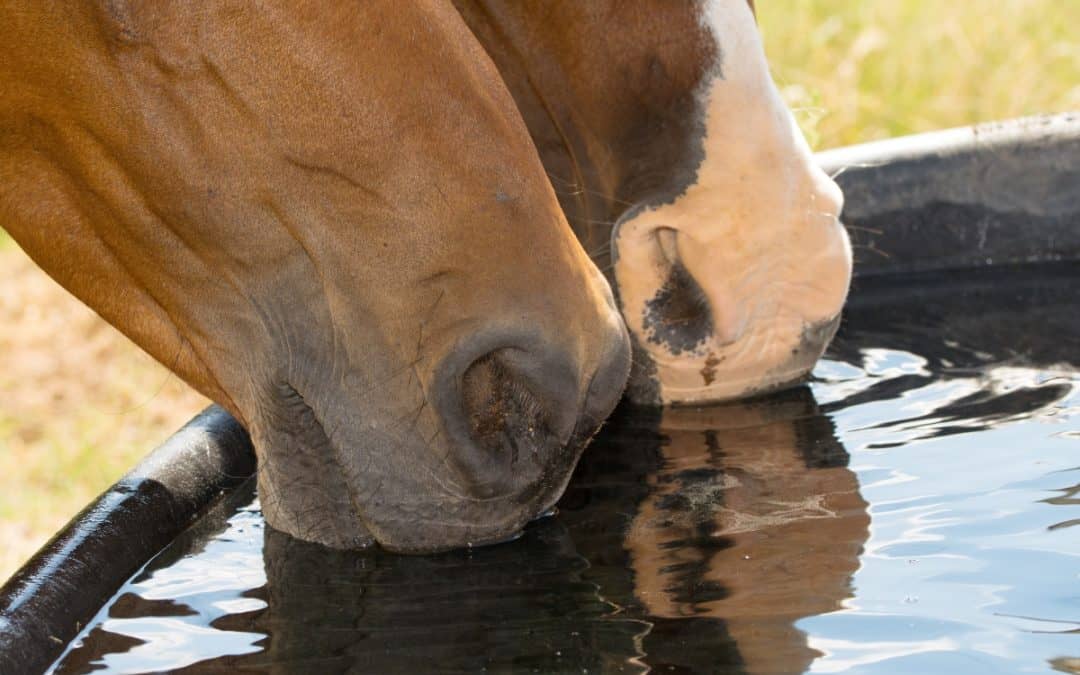
Aug 1, 2024
How can we best manage our horses during hot weather? By Sabrina Cooper, DVM, AVCA Hot weather presents challenges for horses, especially during exercise. Avoid riding during the hottest parts of the day, as exercise elevates body temperature. And, don’t forget, both...
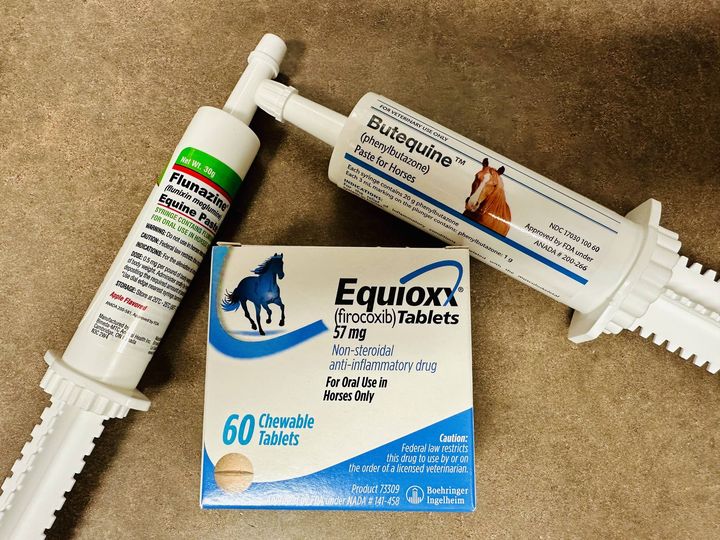
Jul 22, 2024
By Wendy Krebs, DVM Medications like Equioxx and Banamine are frequently used in horses to help ease musculoskeletal aches and pains, or to treat colic pain, but did you know that they can be harmful to your horse’s kidneys and gastrointestinal tracts in some...
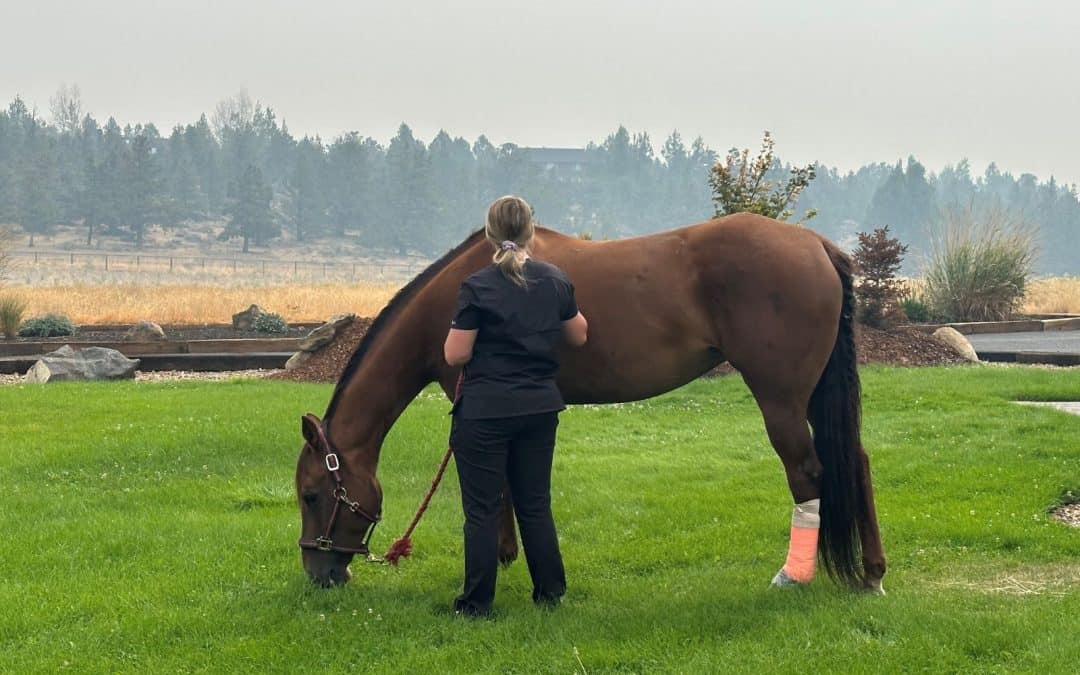
Jun 26, 2024
Wildfire season is back, so it’s time once again to consider how to protect your horse from respiratory damage caused by smoke inhalation. Horses’ lungs are huge—the average horse’s lung volume is 55 L, compared to a human’s 6 L. A horse exercising...






